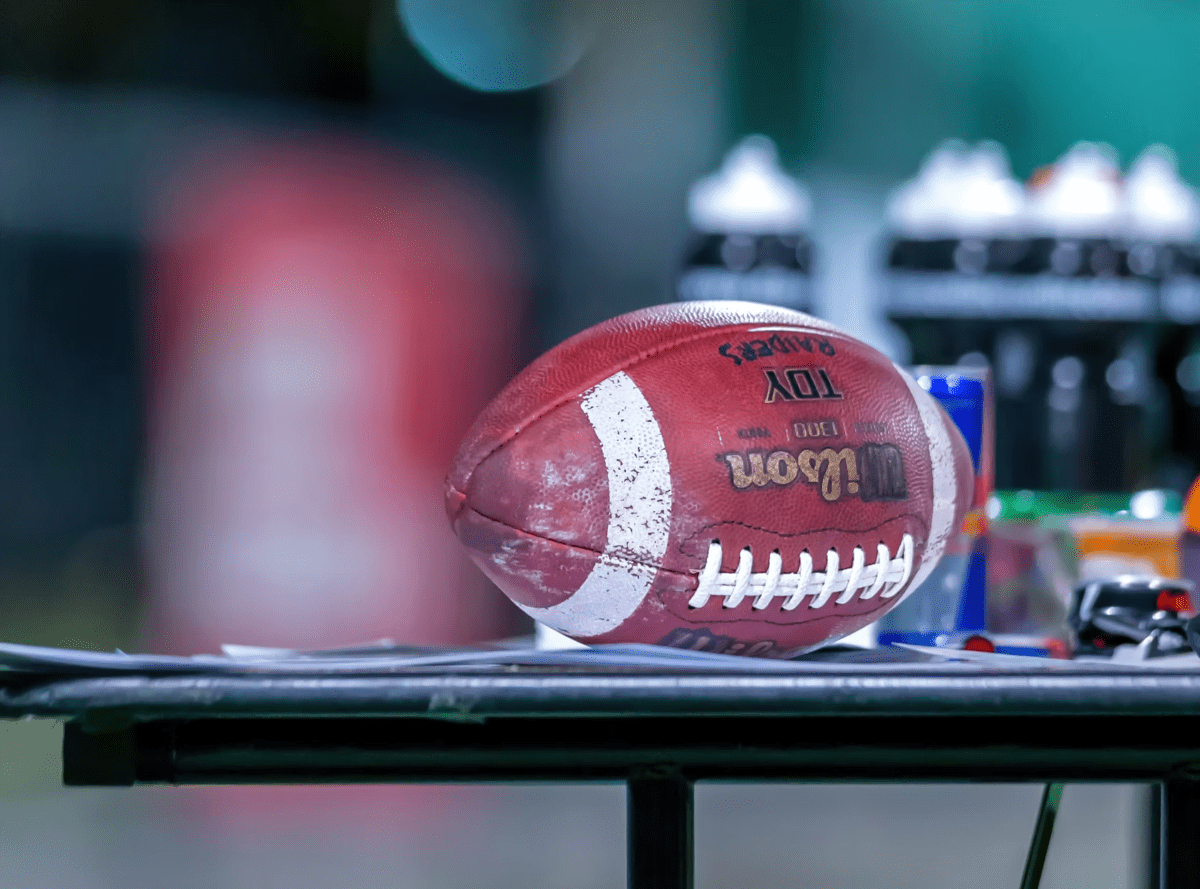NFL: Is the New Kickoff Rule Working? And What Changes Might We See Next Year?
In the 2024 NFL season, the kickoff underwent a significant transformation aimed at enhancing safety and entertainment. This change, inspired by techniques used in the XFL, redesigned the kickoff dynamics to promote more returns and reduce high-impact collisions, fundamentally altering how teams strategize from the opening play.

The New Kickoff Rule: An Overview
This season’s new kickoff regulations position the kicker at the 35-yard line and require the ball to be kicked off with a tee, with the exception of declared onside kicks. The kicking team’s other players align themselves far closer to the opponent’s 40-yard line than they did previously, which lessens the run-up distance and possibly the force of impact upon engagement. Up to two returners may be positioned by the receiving team in the “landing zone”—the area between their goal line and the 20-yard line—while other players are positioned in a setup zone nearer the line of scrimmage.
This configuration was designed to decrease the space and speed with which players collide, mirroring more of a standard scrimmage play. Early observations suggest these changes have indeed shifted team tactics, notably impacting the strategy around touchbacks and returns.
Evaluating the Rule’s Impact
Since the introduction of the new rules, the rate of kickoffs returned during preseason jumped to 70.5%, a stark contrast to the previous year’s rate. However, the regular season has seen a continuation of a high rate of touchbacks, indicating that while the rule’s intent is to foster more dynamic play, teams often opt for kicking into the end zone to avoid risky returns. This strategy suggests that while the new rule has potential, its current form still encourages teams to aim for touchbacks, albeit with less frequency than before.
Feedback and Future Adjustments
Feedback from teams and special team coordinators has been mixed. Some praise the rule for adding excitement back to what had become one of the more predictable plays in football, while others express concerns about the tactical limitations imposed by the new alignment and movement restrictions. The NFL has indicated that this year is a trial period for these rules, with potential tweaks and adjustments expected based on the season’s outcomes.
Potential Changes for Next Year
Given the mixed success of the new kickoff rules, several potential adjustments could be considered:
● Adjusting the Landing Zone: Modifying the dimensions or positioning of the landing zone could incentivize more strategic kicking beyond merely aiming for touchbacks.
● Movement Restrictions: Tweaking the movement restrictions for the kicking team could alter the dynamics of the kickoff further, potentially reducing the safe option of touchbacks.
● Penalty Adjustments: Altering how penalties affect the kickoff placement could further incentivize teams to aim for returnable kicks.
Engaging the Fans: Podcasts and Betting Insights
As the new kickoff rules continue to unfold, fan engagement has naturally seen a shift, with platforms like FanDuelSportsbookoffering updated betting odds that reflect the unpredictability the new rule introduces. Furthermore, the impact of these changes is a hot topic on NFL-related podcasts, where experts dissect each game’s kickoff strategy and predict future rule adjustments. These discussions not only enhance the fan experience but also provide a deeper understanding of the strategic nuances now embedded in what used to be a straightforward play.
Conclusion
The NFL’s new kickoff rules have begun to reshape how the game starts, though perhaps not as dramatically as intended. As the season progresses, it will be crucial to monitor further developments and feedback from all involved in the game. With potential adjustments on the horizon, the NFL’s experiment with kickoff changes is a crucial storyline that continues to evolve, reflecting the league’s ongoing commitment to balancing safety with the sport’s inherent excitement.
For an in-depth look at the new rules and their early impact, you can refer to the extensive coverage provided by sources like NFL Football Operations and Sporting News, which offer detailed breakdowns and updates on the rule’s effectiveness and reception.





